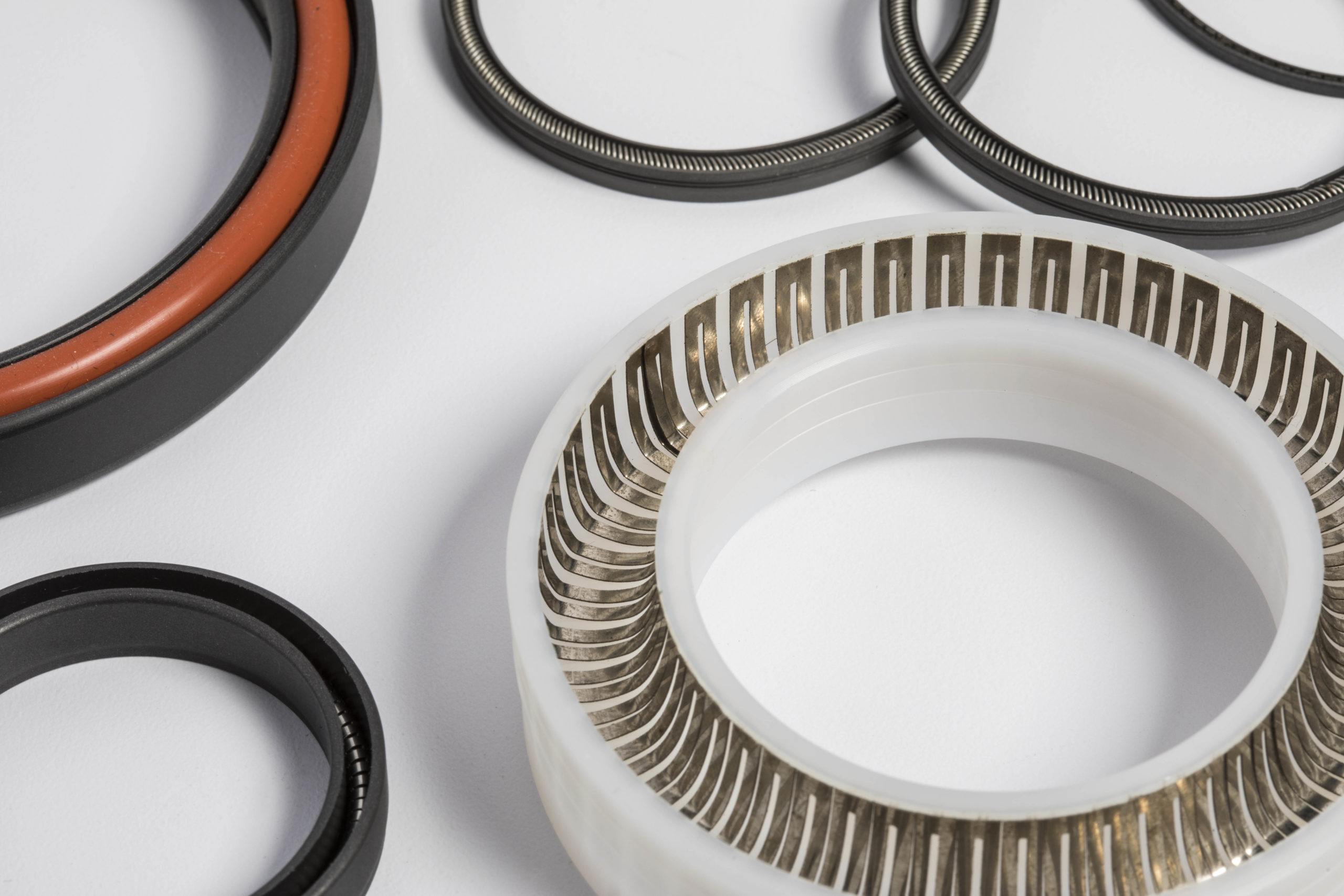Spring-energized PTFE seals work incredibly well. Engineers know that when designing equipment for truly hostile operational environments, whether facing cryogenic cold, aggressive media, or extreme pressure cycling, the reliability of the seal is absolutely critical. Traditional seals frequently fail under such harsh conditions, suffering from issues such as chemical attack, thermal degradation, or permanent deformation. The proven industrial solution for conquering these critical limitations lies in the PTFE spring-energized seal.
In this blog post, we discuss exactly why PTFE spring-energized seals work so well, including the use of PTFE and spring-energizers, along with a discussion of where these seals are used.
Where Spring-Energized Seals Conquer Extreme Conditions
Before discussing why these seals work so well, it would be wise to quickly review the many different industries and applications in which they have proven themselves. PTFE spring-energized seals have become indispensable across almost every challenging industrial sector because of their unique performance characteristics. Advanced EMC provides solutions for industries including Oil & Gas/Energy, Medical Devices, Aerospace & Defense, Automotive, and Food, Dairy, and Pharmaceutical.
In Oil & Gas and Energy, seals must handle extremely high pressures, sometimes up to 25 kpsi. They must also maintain integrity when exposed to chemically aggressive media such as sour gas and acid gases. In these applications, the PTFE jacket resists the chemicals while the energized springs help keep the seal in place.
For Aerospace & Defense, especially in cryogenic space applications, seals must survive conditions where temperatures drop below -250°C. Traditional elastomeric seals often shrink and lose sealing force at these cryogenic temperatures. PTFE spring-energized seals compensate for thermal contraction and are suitable for applications such as cryogenic fuel transfer and rocket engines. Virgin PTFE and high-purity filled PTFE variants also exhibit minimal outgassing, meeting NASA/ESA standards for use in a vacuum.
In the Medical Device and Pharmaceutical industries, reliability and purity are paramount. Virgin PTFE is both FDA- and USDA-approved. These seals are crucial in fluid management systems, surgical instruments, and diagnostic equipment. They withstand aggressive sterilization processes, including high-temperature Clean-In-Place (CIP) and Sanitize-In-Place (SIP) procedures, due to PTFE’s high thermal stability and chemical inertness. PTFE is also hydrophobic, repelling water and making it easier to clean complex geometries.
The Material Foundation: Why PTFE?
Polytetrafluoroethylene (PTFE), also know as Teflon®, is a synthetic fluoropolymer of tetrafluoroethylene. This material forms the resilient seal jacket, providing excellent chemical and thermal performance. Pure PTFE is almost completely chemically inert, meaning it resists attack from aggressive media such as acids, solvents, and reactive gases, minimizing the risk of degradation or swelling. It is also hydrophobic and non-wetting.
In addition, PTFE boasts an operating temperature range: it is thermally stable enough for continuous service up to 500°F, and certain specialized compounds can function reliably in cryogenic conditions as low as -450°F. PTFE also has the lowest coefficient of friction of any known solid and is naturally self-lubricating, which means it performs well in dry or non-lubricated applications. All of these are reasons to choose PTFE as the seal jacket in a spring-energized seal.
PTFE Spring-Energized Seals Work So Well
The core principle of a spring-energized seal lies in its architecture: a polymer seal jacket housing an internal metallic spring energizer. The spring’s primary job is to apply a continuous force against the sealing surface. This initial force ensures a consistent seal is maintained, especially at low system pressures.
The energizer’s constant force provides permanent resilience to the seal jacket, compensating for operational issues that would cause conventional seals to fail, including:
- Jacket wear
- Hardware misalignment and eccentricity
- Dimensional changes due to thermal contraction or expansion
- Misalignment
When system pressure increases, the pressure begins to supplement the spring force. This drives the seal lip against the mating surface, resulting in a tighter, highly efficient barrier. The spring design also ensures that the seal maintains force over time, eliminating the problem of permanent deformation or compression set seen in elastomers.
Engineers can select from various spring types to suit specific needs. The V spring (V ribbon spring energized seal) is an excellent candidate for cryogenic and vacuum applications, where coil springs (spiral pitch springs) work well, where low friction and high pressure are involved, typically in medium-speed applications. The helical flat spring is adapted to a wide range of pressures, from high pressure all the way down to vacuum conditions. An elastomeric O-ring energizer can be used when the use of metal must be avoided, and is adapted well to extreme pressures.
Conclusion
Robust, reliable sealing is absolutely necessary in mission-critical operations, regardless of the industry. Spring-energized PTFE seals provide a superior engineering solution. By combining the chemical inertness, wide temperature range, and low friction of PTFE with the persistent mechanical force of a metallic spring, these seals eliminate issues like compression set and loss of sealing force over time. They flex, adapt, and hold their seal integrity even when conditions shift fast.
For applications that demand unparalleled performance where failure is not an option, PTFE spring-energized seals work extremely well as they provide the durability, adaptability, and precision required. When specifying a PTFE spring-energized seal, never take for granted the finish of the mating surface. Advanced EMC Technologies offers expert polymer sealing solutions, leveraging more than 100 years of combined experience. Contact Advanced EMC today to learn how spring-energized seals can improve the reliability and lifespan of your system.


